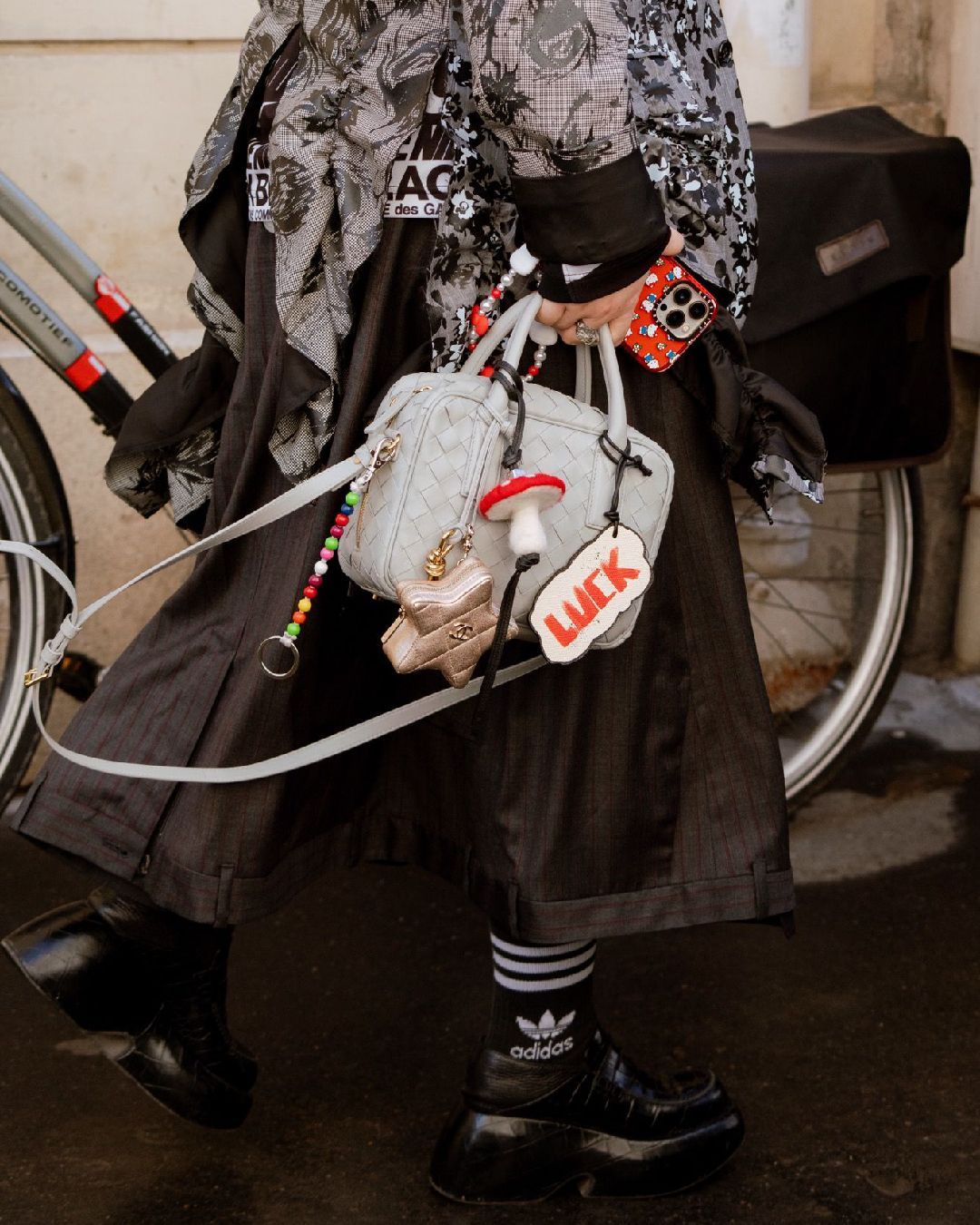
Why do more and more French people prefer art to work? The new creative scene
A few decades ago, in France or elsewhere, wanting to be a creative or an artist was reserved for a small portion of the population; those who perhaps grew up in an artistic family and wanted to perpetuate the tradition, those who could afford it without worrying about the financial concerns it might entail, those who were marginal and couldn't see themselves elsewhere, or those who simply dreamed without fundamentally believing in it. The term success was often associated with pursuing a career in a large company. "Get an education, land a good job, climb the ladder" could come out of the mouths of our parents or other mentors for whom the desire to develop creatively seemed fanciful. The artistic milieu, on the other hand, was elitist, not very accessible – and so few people would venture into it, even fewer would achieve great success. Societal changes and the rise of digital media have significantly transformed our perception of this milieu. If we sometimes speak less of the "artistic milieu" but rather of the "creative scene", it's also to encompass a much wider spectrum than the one where Basquiat, Irving Penn, John Lennon, or Coco Chanel once found themselves. So, while not everyone aspires to become Kendrick Lamar or follow the path of Glenn Martens, many will choose to pursue music, design, photography, painting, or any other creative activity that was once considered inaccessible. Thus, what suddenly gives the French youth the desire to become artists is primarily the way we perceive them.
Indeed, if an artist's life was previously private, despite some scandals and gossip that might appear in the newspapers, today's successful artist is widely exposed on social media. This online exposure thus reflects a semblance of accessibility, closeness, and gives an impression of ease regarding the lifestyle these personalities lead. Subconsciously, anyone with a more or less strong desire to create will say to themselves, "Why not me?" Concurrently, if we feel we have more access to artists, art itself becomes more accessible. A musical artist previously had no choice but to sell records or perform concerts to make a name for themselves or simply promote their music. Today, with the rise of digital media and music platforms, everyone has much quicker access to these artists' content, regardless of their fame. The same goes for all other creatives, whether they have an interest in clothing design, poetry, photography, or nail art... Displaying their art publicly is no longer a limiting barrier.
But then, if societal changes and the fervor of digital imagery give us a sense of ease of access to the creative scene; is it really easier to build a career within it than it was in the past? Have the barriers of the past perhaps simply evolved into another form? The rise of social networks has also created the phenomenon of hype, categorizing some individuals as more legitimate than others to be part of a creative scene. A person's talent sometimes becomes a secondary consideration compared to their popularity or their circle. Furthermore, France's educational and professional system is often criticized for its elitist nature. If in the past, nobility and wealth were synonymous with power, today's system is based on a meritocracy favoring an impeccable academic journey and long, prestigious studies often associated with private schools. However, while the number of graduates has increased considerably, access to prestigious companies and positions often remains limited and tainted by practices favoring networking and nepotism. Professional opportunities are sometimes perceived as more related to personal relationships and connections than to meritocracy.
The parallel between the expansion of the creative scene and the sometimes difficult access to corporate jobs would thus increasingly push young people to create their own businesses or to develop in a creative field. Cities like Paris, Lyon, Marseille, Bordeaux, and others host several artistic scenes encompassing all kinds of domains and connecting their members to each other. Whether they are painters, gem artists, content creators, or vintage dealers, our protagonists will be drawn to cultivate their passions and shape their own path within these flourishing creative communities. And while the journey may sometimes be filled with obstacles, the aspiration for artistic freedom and personal fulfillment drives these young creative entrepreneurs to perseverance and to transform every difficulty into potential opportunities.














































